The electric vehicle landscape is entering a new chapter. In Canada, the removal of electric vehicle incentives (a federal rebate of up to $5,000) has raised questions about EV affordability, while ongoing U.S.-China tariffs are adding cost pressures to EV supply chains. These developments might seem like setbacks, but the EV market’s resilience and momentum paint a more optimistic picture. EV sales are at record highs – in 2024 they made up 21% of global car sales (leadintelligent.com), and nearly 1 in 5 new cars in Canada by late 2024 was electric (electricautonomy.ca). This solid growth suggests the industry is growing up fast. In this blog post, we’ll explore how the EV market is adapting to incentive changes and trade challenges, and why these hurdles could ultimately benefit the transition to sustainable transportation.
Market Resilience: A Maturing EV Industry Faces the Test
The big question is whether the EV industry is mature enough to withstand the loss of subsidies and higher costs. Recent trends suggest yes. Electric vehicles have rapidly moved from niche to mainstream. One in five cars sold worldwide last year was electric (leadintelligent.com), indicating that EVs are no longer just for early adopters. Here in Canada, the EV adoption rate hit an all-time high of 18.9% of new vehicle sales in Q4 2024 (electricautonomy.ca), a remarkable achievement that exceeded projections. This means tens of thousands of Canadians are choosing EVs even as incentives wind down, driven by better technology and greater model choice.
Of course, removing incentives can cause some turbulence. The federal government’s sudden pause of its iZEV rebate program in January 2025 created uncertainty (electricautonomy.ca). However, industry experts say fears of an EV slowdown are likely overblown. “I think that there’s just been exaggerated fears that EVs are just a fad,” noted one EV industry executive, pointing to strong underlying demand (sustainablebiz.ca). In other words, the EV market today has a strong foundation – improved battery range, lower operating costs, and a public that’s increasingly eco-conscious. This resilience suggests that while growth might temporarily slow without rebates, it won’t stall. The EV industry has matured to a point where it can weather policy shifts much better than a decade ago.
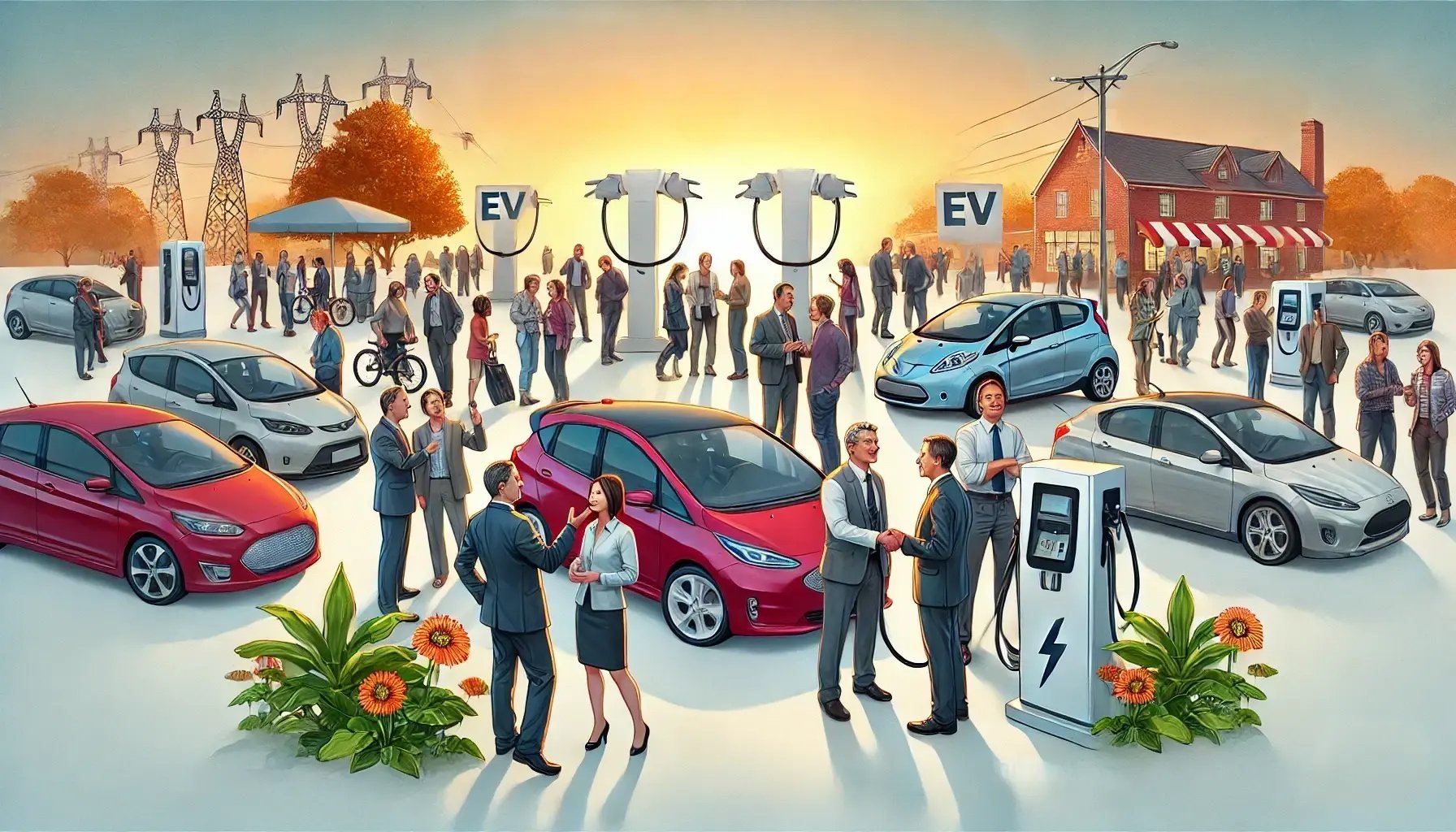
Navigating a Changing Landscape: Consumers and Businesses Adapt
With subsidies shrinking and tariffs raising production costs, how are automakers, charging providers, and consumers responding? The good news is that the EV ecosystem is proving nimble in adapting to these changes:
- Automakers – Car manufacturers are stepping up with their own solutions. When Canada’s federal rebate ended, companies like General Motors, Volkswagen, Nissan and Hyundai quickly offered their own temporary rebates to customers to bridge the gap (globalnews.ca). Automakers are also finding ways to reduce MSRP or offer more affordable EV models to keep electric cars attractive without heavy government incentives. This proactive approach shows that car companies remain committed to EV sales and are willing to absorb some costs to keep the transition on track.
- Charging Infrastructure Providers – Companies in the EV charging space (like Electrum Charging Solutions) continue to expand and innovate, ensuring that lack of infrastructure doesn’t become a barrier. In fact, public charging stations are being installed at a rapid pace – Canada saw a 32.7% increase in public EV chargers in 2024 compared to the previous year (metroev.ca). Charging providers are investing in faster chargers, wider networks, and better user experiences. By improving charging infrastructure even during economic headwinds, they are boosting consumer confidence that switching to an EV remains practical and convenient.
- Consumers – EV buyers are adapting by looking at the big picture. While an upfront rebate helps, many consumers recognize that electric vehicles still save money over time through lower fuel and maintenance costs. With gas prices often volatile, drivers appreciate the stability of plugging in. Savvy shoppers are also taking advantage of other incentives (such as provincial rebates, utility discounts, or manufacturer deals) and doing more research before purchase. The result is a more informed consumer base that understands the long-term value of EVs. Enthusiastic word-of-mouth from current EV owners – who enjoy quiet rides, home charging, and never visiting gas stations – continues to persuade new buyers even without hefty subsidies.
This collective adaptation by businesses and consumers is softening the impact of incentive removal. The EV market is adjusting like any evolving industry: through creativity, temporary compromises, and a focus on delivering value. These efforts ensure that EV market growth can continue, albeit on a slightly different path, rather than reversing course.
Economic Pressures Driving Innovation and Cost Reduction
There’s a silver lining to the economic pressures of lost rebates and trade tariffs: they can turbocharge innovation. History shows that industries often make their biggest leaps when challenged to do more with less. In the EV sector, the current pressure to cut costs and improve efficiency is accelerating technological advancements and competitive drive:
- Battery breakthroughs: Batteries are the most expensive component of an EV, so finding ways to make them cheaper and better is priority number one. The industry has already made astounding progress – battery prices have plummeted from over $400 per kWh a decade ago to about $111 per kWh in 2024 (recurrentauto.com). This massive drop is one reason EVs are much more affordable today than ten years back. Now, with automakers eager to offset lost subsidies, we’re seeing even more R&D in battery tech. Companies are investing in new chemistries (like lithium iron phosphate and solid-state batteries) that use more common materials and offer higher energy density. Analysts project that continued technological innovation and manufacturing improvements will drive battery costs down to around $100/kWh in the next couple of years (about.bnef.com). Cheaper batteries mean lower EV prices for consumers – effectively achieving through innovation what was previously done via rebates.
- Efficiency and design: Economic pressure is pushing automakers to refine production and vehicle design for maximum efficiency. Manufacturers are streamlining assembly with techniques like giga-casting (using large casted parts to reduce complexity) and designing EV platforms that share parts across models. They’re also improving electric drivetrains to get more range out of smaller batteries. All of this helps cut the cost per vehicle. At the same time, competition in the EV market is heating up. Dozens of new EV models – from startups and legacy brands alike – are coming to market, which drives each player to offer better features or lower prices to win over consumers. This competitive EV market benefits buyers and speeds up the pace of innovation across the board.
- Charging and energy tech: Innovation isn’t limited to the cars themselves. Higher costs and the push for better value are also spurring advances in charging technology. For example, companies are developing faster charging systems that can add hundreds of kilometers of range in minutes, as well as smarter chargers that can adjust to grid conditions and lower electricity costs. There’s also growth in vehicle-to-grid (V2G) technology, which allows EVs to feed energy back to the grid or power a home – adding extra value for EV owners. These technologies, incentivized by the need to make EV ownership as beneficial as possible, are turning EVs into more than just a car – they become an integrated part of the energy ecosystem.
In short, the absence of generous subsidies and the presence of tariffs are forcing the industry to trim fat and think outside the box. The result could be a faster march toward EVs that are naturally cost-competitive with gasoline cars, without needing special discounts. That’s a win-win for consumers and businesses in the long run.
Long-Term Outlook: Stronger Supply Chains and Greater Energy Independence
While the near-term growing pains are real, there’s a compelling long-term upside to this phase of the EV transition. The current challenges are catalyzing moves that will lead to a more robust, self-reliant, and sustainable EV industry in the future. Here’s why the outlook remains bright:
- Stronger Domestic EV Supply Chains: Facing tariffs and geopolitical uncertainties, automakers and governments are investing heavily in local production of EV components, especially batteries. The goal is to build batteries and electric cars closer to home, reducing reliance on imports. The U.S. has committed billions of dollars to develop a reliable domestic EV supply chain and is using trade policy (like higher tariffs on imported EVs and batteries) to protect these investments (spglobal.com). Canada, too, is capitalizing on this shift. Major projects are underway – for example, Volkswagen’s PowerCo is on track to open a massive battery cell plant in Ontario by 2027 (sustainablebiz.ca). In fact, Canada was recently ranked #1 in the world for its potential in the EV battery supply chain (sustainablebiz.ca), thanks to our rich mineral resources (lithium, nickel, etc.) and clean energy grid. Building out domestic EV and battery factories means more jobs at home and a supply chain that can withstand global disruptions. In a few years, North America’s EV market will be supported by local mines, local factories, and local talent, making it much more resilient.
- Reduced Dependency on Foreign Markets: The EV boom initially depended heavily on materials and technology from abroad – notably batteries from Asia and EV components from various global suppliers. The current climate of tariffs and reduced imports is prompting diversification. Automakers are securing supply agreements with a range of countries and developing alternative sources for critical materials. Over time, this means Canada and its allies won’t be as beholden to any single foreign supplier for key EV parts. This reduced dependency can prevent supply bottlenecks and price spikes. It also encourages fair competition – for instance, multiple battery manufacturers setting up shop domestically will compete to offer the best product at lower cost, benefiting EV makers and consumers. Essentially, a more geographically balanced supply chain acts as an insurance policy against trade wars or political instability. EV production becomes a truly global effort with local hubs, rather than funneling through one or two countries.
- Greater Energy Independence: Perhaps one of the most inspiring long-term benefits is how these challenges are nudging us toward genuine energy independence. Transitioning to electric vehicles means shifting from imported oil to domestically produced electricity. Instead of filling up with gasoline derived from overseas petroleum, EV drivers charge up using local power – whether it’s hydroelectric power in British Columbia, wind in Alberta, or solar in Ontario. This has huge implications for national energy security. Experts note that switching to EVs (especially when paired with renewable power) is one of the most meaningful ways to become energy independent (wfyi.org). We insulate our transportation sector from global oil price shocks and supply interruptions. The more EVs on the road, the less oil a country needs to import – which can improve trade balances and even geopolitical flexibility. Moreover, using electricity (which can be generated in many ways) diversifies our energy sourcing for transportation. In the long run, a society running on electric transport and renewable energy is far more self-sufficient and environmentally sustainable. We’ll enjoy cleaner air in our cities and have the peace of mind that our daily commute isn’t contributing to international conflicts over oil. Every challenge we tackle now on the EV front is paving the way for this more secure and green future.
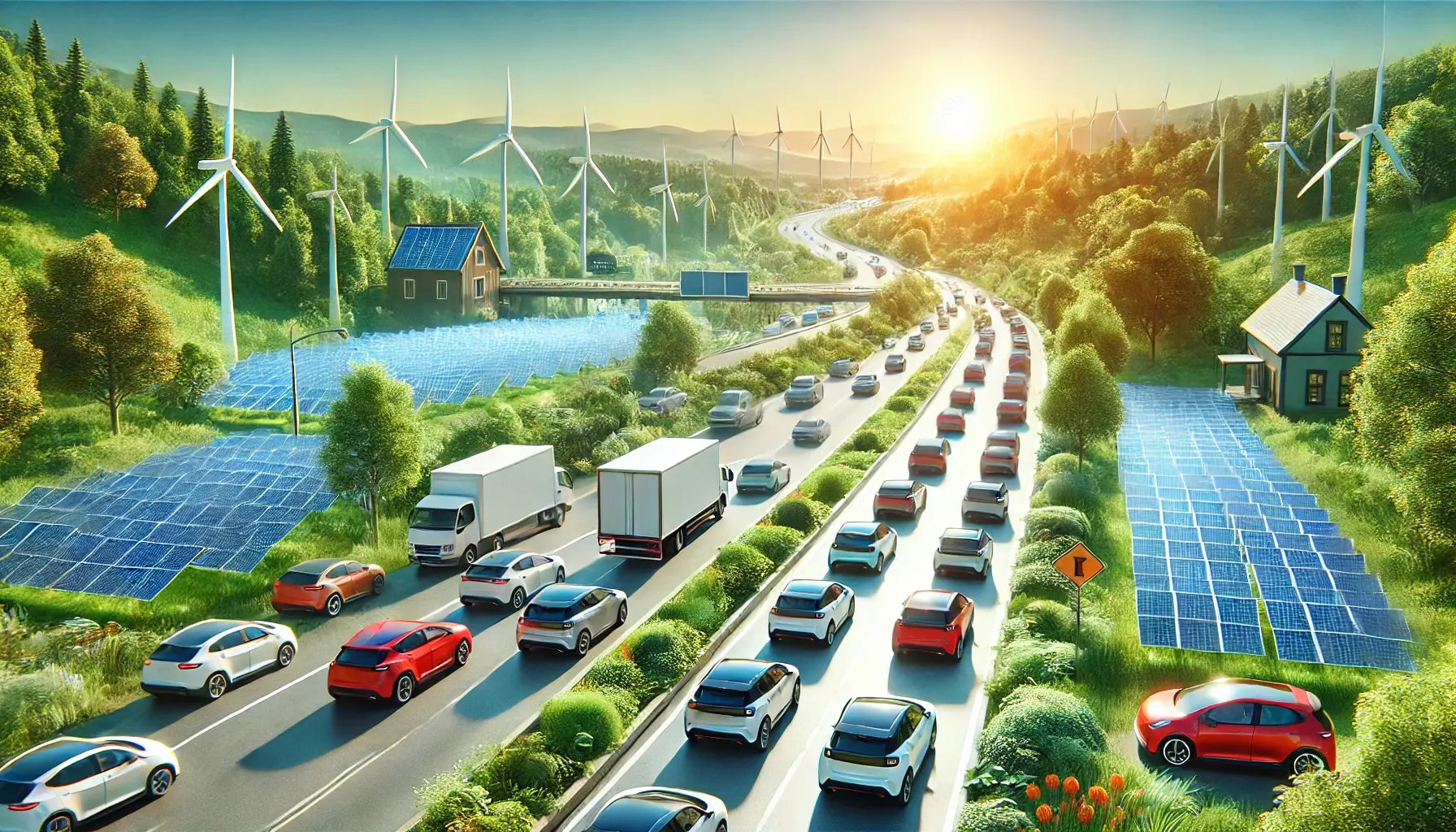
Conclusion: Driving Forward to a Sustainable Future
It’s clear that the road to sustainable transportation isn’t without a few bumps. The phase we’re in – with shrinking EV incentives and trade tariff tensions – is testing the EV market’s strength. Yet, all signs point to these being surmountable challenges that may ultimately accelerate progress. The electric vehicle industry’s resilience, coupled with smart adaptations by businesses and consumers, is keeping the momentum going. Even more encouraging, the pressure is sparking innovations and investments that will make EVs and charging infrastructure better and more accessible than ever.
For consumers, the message is optimistic and empowering: don’t let short-term policy changes deter you from considering an EV. Electric vehicles still offer tremendous long-term benefits – from lower operating costs to a smaller carbon footprint – and those benefits are only growing as technology improves. Each new EV purchase helps drive economies of scale that bring prices down for everyone and signals to manufacturers that demand is strong. In other words, by choosing an EV, you’re not only investing in your own future savings, but also fueling the growth of a cleaner transportation ecosystem.
For us at Electrum Charging Solutions, these developments reaffirm our commitment to supporting every EV driver, today and tomorrow. We’re continuing to expand charging options and improve services, confident that the transition to electric mobility will keep gaining speed. The challenges of today are forging a stronger EV market for the long haul. By staying the course and charging ahead with electric vehicles, we can all contribute to a more sustainable, independent, and innovative transportation future. The destination—a greener planet with reliable, affordable electric transport for all—is well worth the journey. Let’s keep driving forward! (leadintelligent.com, electricautonomy.ca).
Thanks for reading!
Mar 12, 2025 7:32:54 PM
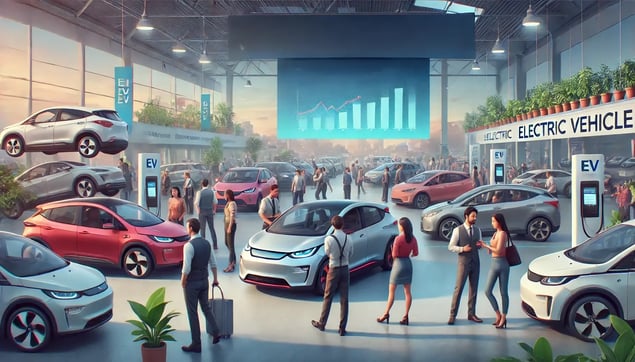
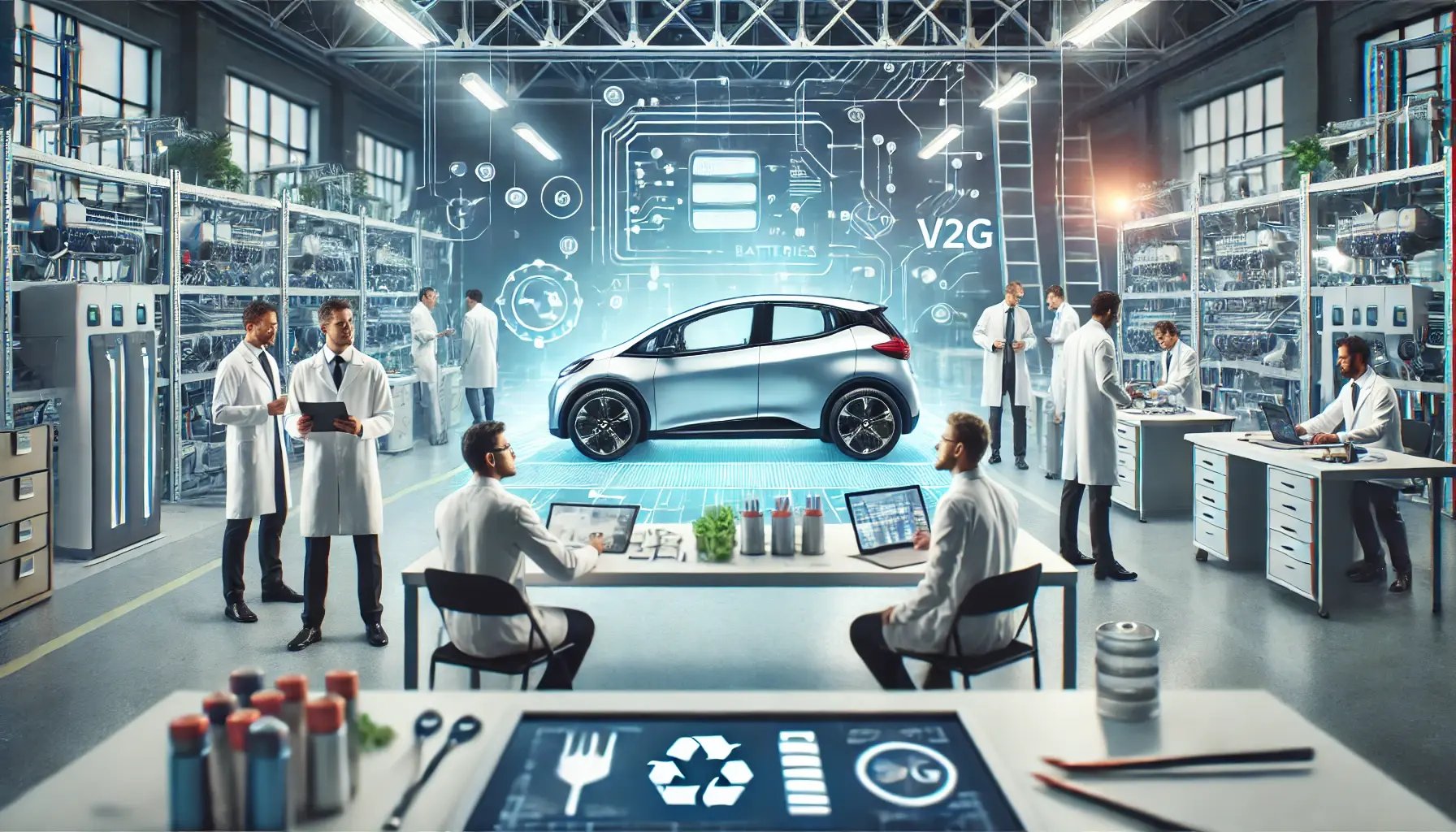
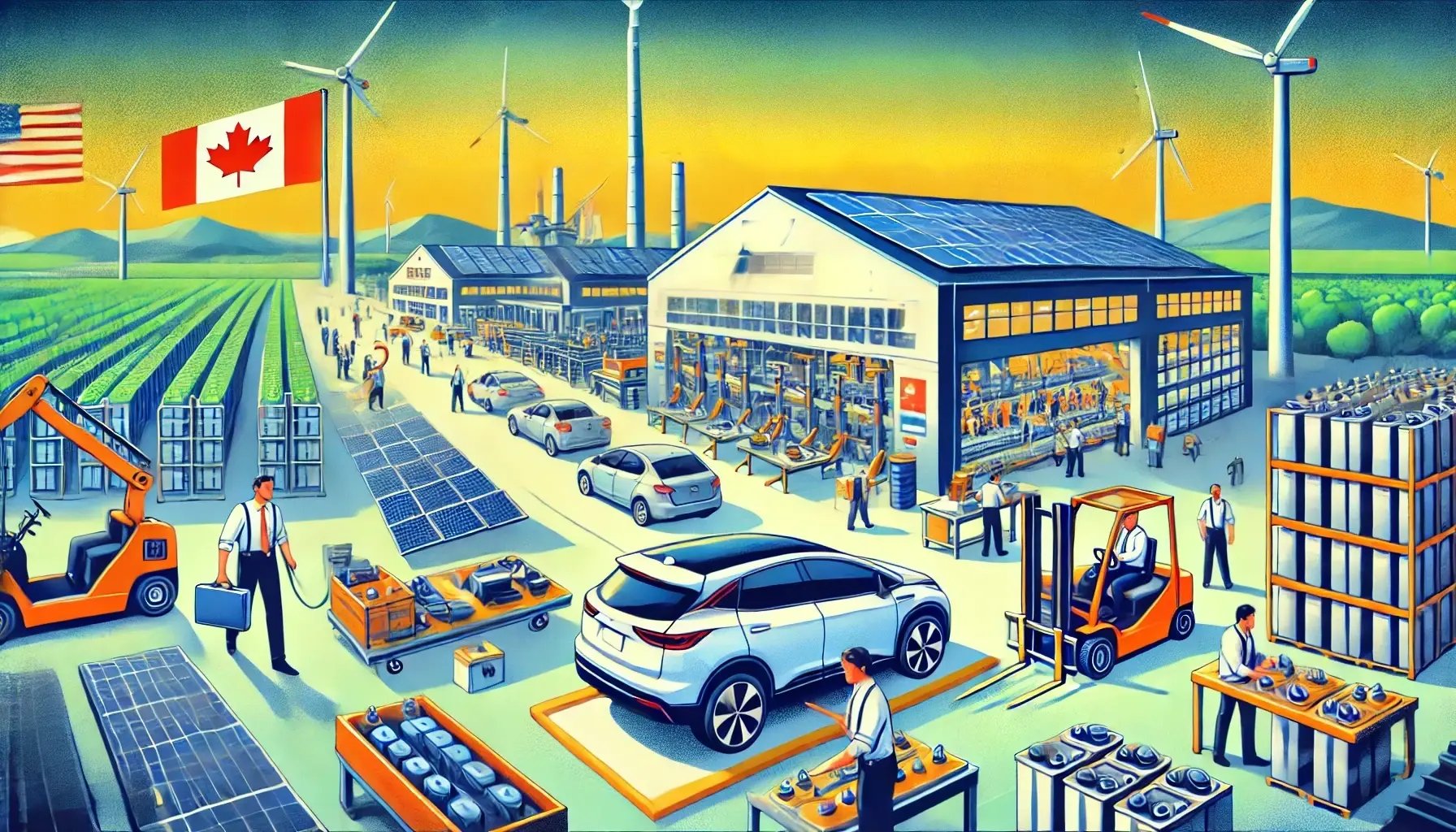
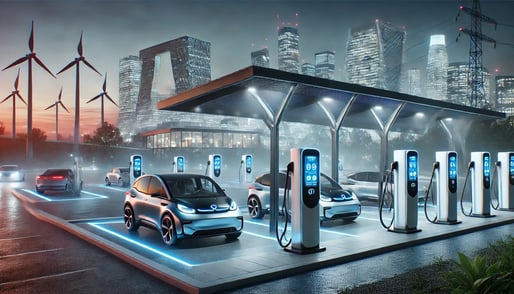

Comments